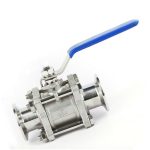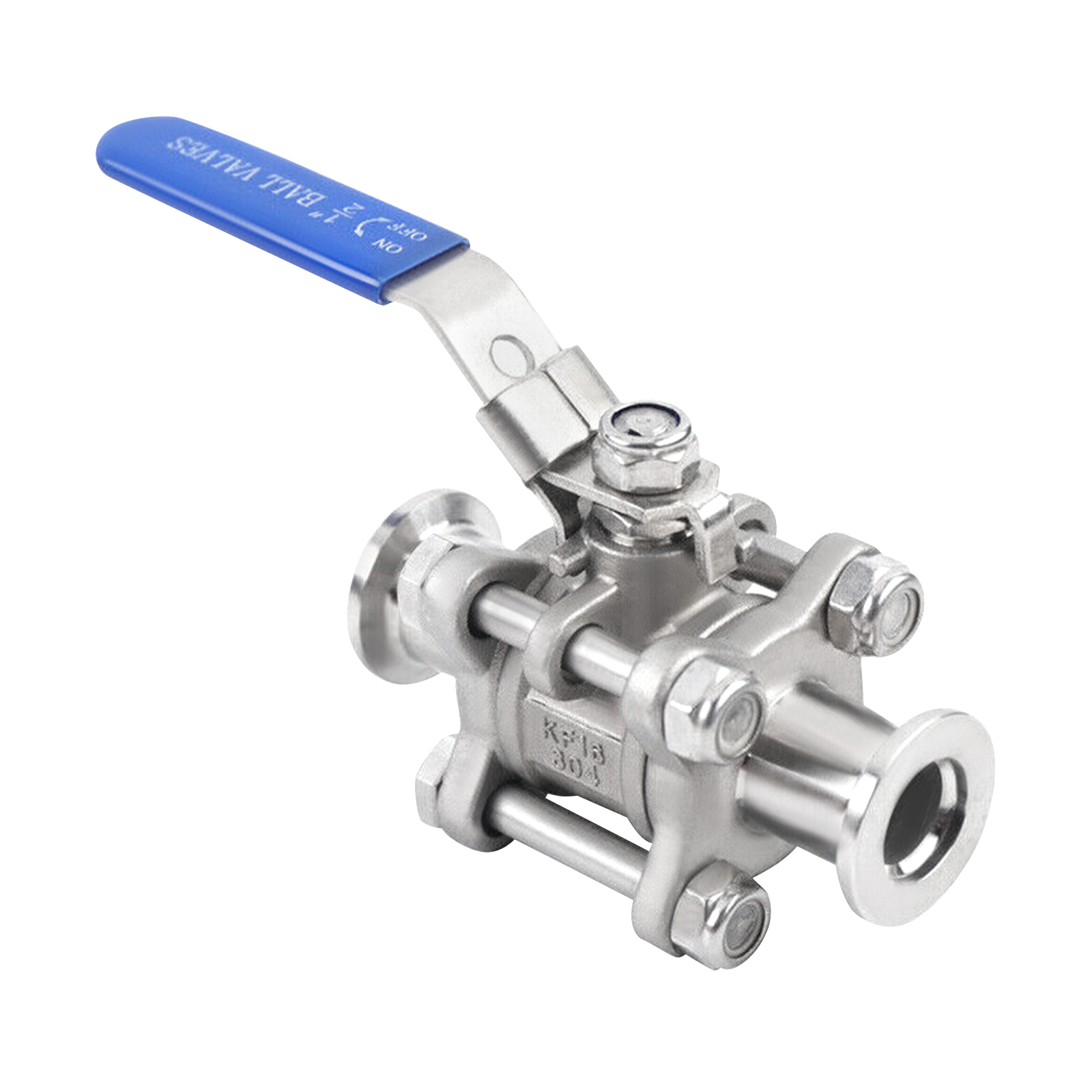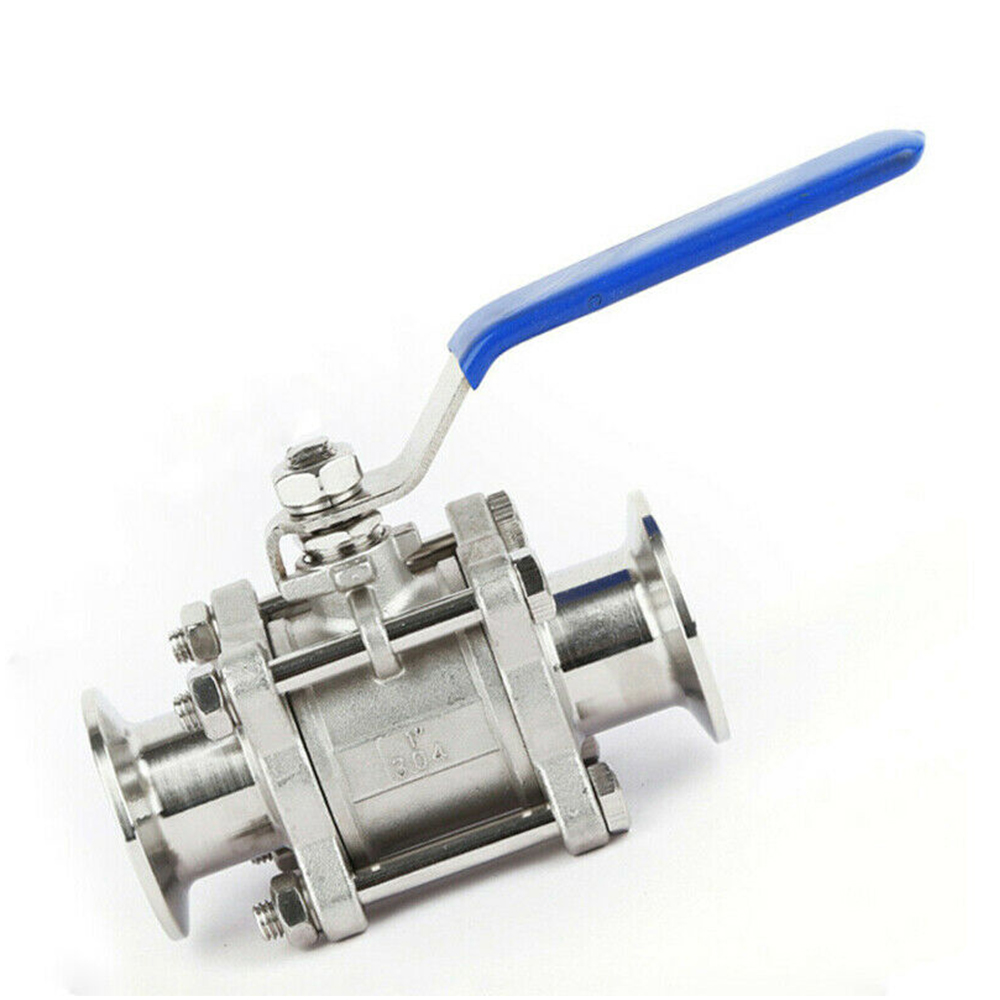
The Sealing Principle and Application of Wedge Gate Valve
- The sealing principle of wedge gate valve
The sealing principle of the wedge gate valve is based on the tight combination of the two sealing surfaces on the wedge gate and the two sealing surfaces on the vacuum valve body to achieve the seal. The purpose of using the wedge gate is to increase the auxiliary sealing load, so that the metal-sealed wedge gate valve can seal both high medium pressure and low medium pressure. When closing, rotate the valve stem clockwise to make the sealing surface of the gate valve and the sealing surface of the valve body close to achieve a seal. However, the metal-sealed wedge-type gate valve produced by the wedging action is often not enough to achieve the inlet-side seal because the specific pressure of the inlet end seal produced by the wedging action is often insufficient to achieve the inlet end seal. Therefore, the metal-sealed wedge gate valve is a single-sided forced seal.
- Application of wedge gate valve
Among various types of valves, gate valves are the most widely used. It is generally only suitable for fully open or fully closed, and cannot be used for adjustment and throttling. Wedge gate valves are generally used in occasions where there is no strict requirement on the external dimensions of the valve, and the use conditions are relatively harsh. If the working medium is at high temperature and high pressure, it is required that the closing parts must be sealed for a long time.
Generally, the use conditions or require reliable sealing performance, high pressure, high pressure cut-off (large pressure difference), low pressure cut-off (small pressure difference), low noise, cavitation and vaporization, high temperature medium, low temperature (cryogenic), it is recommended to use Wedge gate valve. Such as the electric power industry, petroleum refining, petrochemical industry, offshore oil, water supply engineering and sewage treatment engineering in urban construction, chemical industry and other fields.






